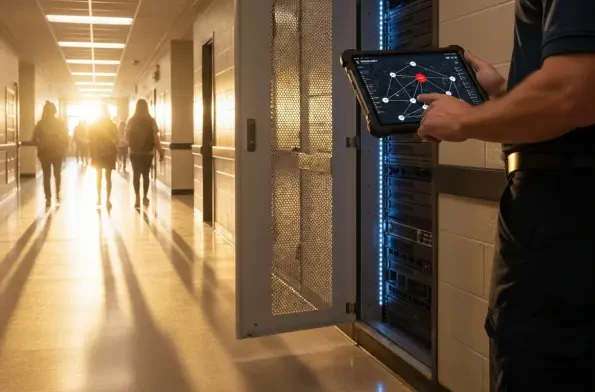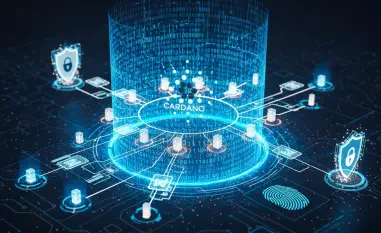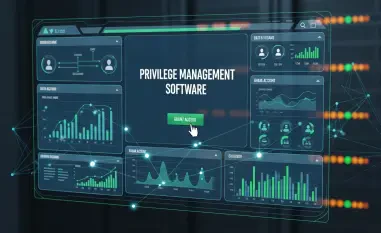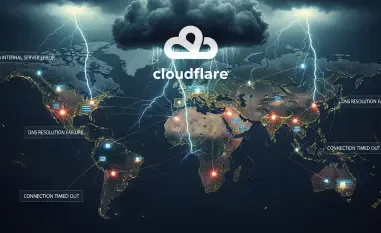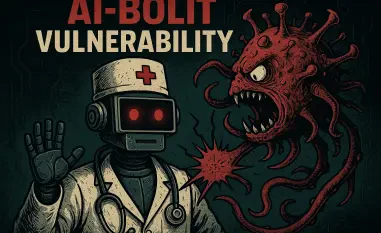K–12 networks carried a growing weight of responsibility as classrooms, cafeterias, counseling, and payroll all leaned on the same digital backbone, yet attackers only needed one misstep to get in and spread. The security conversation in schools therefore shifted from promising perfect prevention to proving that an intrusion would not grind instruction and student services to a halt. That pivot demanded a frank assessment of where attacks really start—compromised endpoints, phishing, and exposed remote access—and how quickly they become district-wide outages when unpatched systems and flat networks let threats move freely. By assuming compromise and designing for containment, districts positioned themselves to keep buses running, meals served, and learning platforms available even while incident response unfolded in the background.
Why Breaches Are Inevitable in K–12
Evidence from recent incidents showed a consistent entry playbook: desktop or laptop compromise through phishing that stole credentials, followed by abuse of Remote Desktop Protocol on poorly secured machines. Once inside, attackers typically probed for unpatched services and misconfigurations, then escalated privileges and pivoted laterally. Mixed device fleets, long patch queues, and limited IT staffing in schools made those steps easier than in tightly resourced enterprises. In fact, more than half of successful intrusions involved privilege escalation via unpatched software, turning a single phished account into broad access. This pattern supported a sober conclusion: preventive controls mattered, but determined or lucky adversaries would eventually find a way in.
The inevitability frame did not excuse inaction; it clarified priorities. Phishing filters, endpoint protection, and credential hygiene remained valuable, but resilience became the north star. Network designs that assumed a trusted interior left blind spots once an adversary or malware crossed the perimeter, especially when shared admin credentials and legacy systems existed in the same broadcast domains as student devices. A district that treated internal traffic as implicitly safe invited lateral movement. The strategic shift was to validate every user and device continuously, limit access to what was necessary, and contain anomalies before they became outages. Put simply, brakes reduced the chance of a crash, but seatbelts and airbags saved the day when the crash happened.
The Real-World Impact And Insider Dynamics
The human calculus changed the stakes. A ransomware lockout did not just delay assignments; it jeopardized meal programs, disabled communication with families, disrupted special education services, and removed safe spaces for students who relied on school during the day. Teaching time vanished, payroll cycles slipped, and counselors lost access to case notes at the worst possible moments. Because schools anchored community routines, even short outages caused cascading inconvenience across households and local services. The lesson was blunt: cyber risk in education was not an isolated IT problem but a district-wide operational risk, and continuity planning belonged alongside fire drills and severe weather protocols.
Insider threats complicated that picture. Regulators in the U.K. warned about a rise in student-driven intrusions tied to dares, curiosity, or social media challenges, and those dynamics translated readily to American campuses with ubiquitous access and uneven oversight. Not all harm came from malice; misconfigurations, password sharing, or ad hoc workarounds also opened doors. Guardrails therefore had to blend policy, monitoring, and education: clear acceptable-use rules, role-based access, alerting on unusual activity, and short, recurring training that explained phishing signals and responsible device use. Lightweight programs that nudged habits—enrolling in MFA, using passphrases, updating devices promptly—reduced both accidental damage and intentional misuse without straining budgets.
Beyond The Perimeter: Zero Trust For Containment
Traditional perimeter defenses were built for a world where trusted users sat on a trusted network; schools no longer lived in that world. One compromised endpoint behind the firewall could scan neighboring systems, reuse cached credentials, and jump into administrative consoles if internal boundaries were weak. The dominant risk was lateral movement, not just initial access. Zero Trust architecture answered that risk by minimizing the blast radius: microsegment critical services, enforce least-privilege, and treat every request as conditional. Continuous verification—of user identity, device posture, and session context—turned the internal network from an open floor plan into a building of locked rooms with cameras at every door.
The metaphor resonated in daily operations. Prevention acted like brakes, but Zero Trust added seatbelts and airbags that absorbed impact when prevention failed. Segmentation around student information systems, payroll, and special education records meant an infected student laptop could not reach them at all. Conditional access blocked logins from devices that lacked patches or failed antivirus checks. Privileged tasks required step-up authentication, making stolen passwords less useful. Telemetry flowed into detection systems wired to automated responses, such as isolating a device when it beaconed to known malicious domains. None of these controls demanded a total rebuild; they required targeted coverage where it mattered most.
Protect Surface First: Practical Steps Under Constraint
Resource constraints forced hard choices, so districts defined a protect surface to narrow the scope: student and staff PII, finance and payroll, SIS, meal and transportation services, and core instructional platforms. Those assets were isolated from less sensitive networks, with firewalls or software-defined segmentation filtering access by identity and device health. Identity controls were phased in where risk justified the effort: MFA on administrator accounts, remote access, and vendor portals; conditional access that checked device posture; and just-in-time privileges that expired quickly. RDP was locked down behind VPN or replaced with brokered access, and default ports were monitored aggressively. Patch cycles were tightened for servers and endpoints tied to the protect surface.
Training rounded out the plan because people and process multiplied the impact of tools. Short sessions every few weeks explained real-world phishing lures, demonstrated password managers and passphrases, and walked through MFA prompts so users recognized fraud. Simple reporting channels encouraged staff and students to flag suspicious emails without fear of punishment. Meanwhile, playbooks codified responses: who could authorize isolating a lab, how to switch to offline meal rosters, and when to communicate with families. These steps, sequenced over a modest timeline, turned resilience into a habit. The result was not a promise to stop every breach; it was a practiced ability to contain, continue services, and recover with minimal learning loss.
From Assumption To Action
The practical path forward had emphasized containment over bravado and prioritized continuity of learning above cosmetic metrics. Districts that cataloged their protect surface, segmented it from general traffic, enforced MFA and conditional access on high-risk workflows, and kept a tight patch rhythm had reduced the reach of an attacker from campus-wide to a handful of systems. By pairing those controls with automated isolation and clear playbooks, incident response had shifted from panicked improvisation to predictable steps that preserved instruction time and student services. Awareness programs and straightforward policies had reduced insider mistakes and signaled that security was part of daily operations, not an afterthought.
The broader takeaway had been cautiously optimistic: breaches had remained inevitable, but disasters had not. Schools that adopted an assume breach posture and implemented Zero Trust incrementally had protected sensitive data and kept classrooms open even during active investigations. The emphasis on people and process had proven as decisive as any tool, especially under budget pressure. Looking ahead from this baseline, districts had a template to expand segmentation, mature identity governance, and refine monitoring without waiting for fresh funding cycles. Cybersecurity in K–12 had functioned best as operational discipline, and it had rewarded those that prepared to contain and continue rather than chase perfect prevention.
